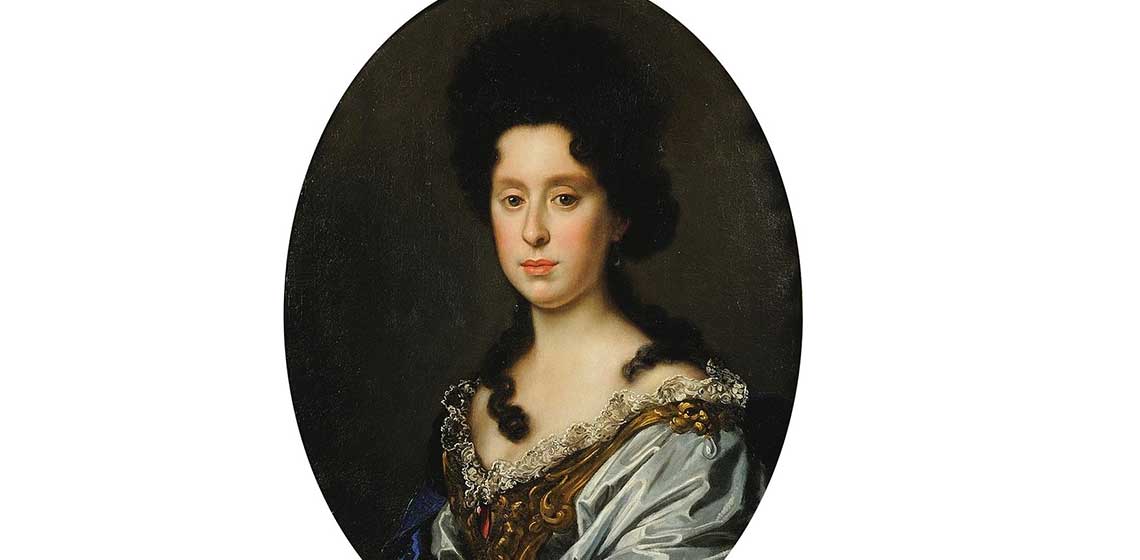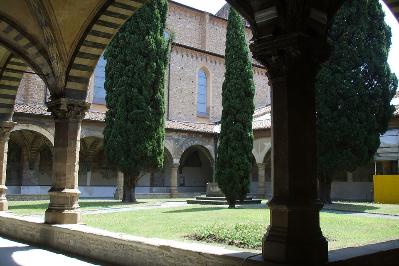
Florentine Women: their stories and lasting influence
Traces of Florence’s female protagonists throughout history.
Women have always marked the history of Florence; indeed, many have left indelible marks on the city we see today. Some women from Florence’s past were the protagonists of significant historical events (for more reasons than one), while others held instrumental positions of power.
Are illustrious queens coming to mind? Some were... but not all.
Discover the women of Florence’s history and explore their lasting traces in the city.
Beatrice Portinari (circa 1266– 1290)
Beatrice was the great love and muse of Dante Alighieri, one of the first real-life women to become the protagonist of an Italian literary masterpiece. Her eternal fame is thanks to the Supreme Poet; yet despite only being remembered in the Divine Comedy, her traces linger around the city.
If you want to follow her footprints, read the true story of Dante and Beatrice.
Catherine de’ Medici (1519 – 1589)
Catherine de’ Medici, Queen and consort of Henry II of France (otherwise known as the black queen, as she only wore black following her husband’s death), is cloaked in a shroud of mystery. Catherine was considered a ruthless woman for the bloody events that marked her time, that is, endless riots and wars between opposing religious factions.
Yet she was also an incredibly innovative figure. She is said to have introduced béchamel sauce to the French court, not to mention the use of the fork. And among the many treasures she brought with her to Paris, there was supposedly a perfumed water called “Queen's water:” this age-old recipe is perhaps the oldest cologne water found in today’s Officina Profumo Farmaceutica di Santa Maria Novella.
Eleanor of Toledo (1522-1562)
Wife of Cosimo I de' Medici, she was one of the first women to hold real political power in Florence. Beloved for her patronage and elegance, she commissioned the Boboli Gardens and contributed to the growth of the city. Read more.
Plautilla Nelli (1524 – 1588)
Unknown to many, Plautilla Nelli was one of the first Florentine female painters in history, and her artistic influence is still present in Florence today.
At the young age of fourteen, the young Florentine became a nun, an event that did not suppress her creative talent. Not many works are attributed to Nelli, though you can admire her Lamentation over the Dead Christ inside the Museum of San Marco and the Last Supper (the only painted by a woman) inside the Santa Maria Novella refectory.
Anna Maria Luisa de’ Medici: the Elettrice Palatina (1667- 1743)
The last heir of the Medici family, Anna Maria Luisa and the "Family Pact" are the reason behind the city’s current wealth of art and culture.
Having no heirs, the last Medici was forced to leave the Grand Duchy to the Habsburg-Lorraine family, but before doing so, she made a pact to preserve her family’s artistic heritage. Thanks to this "contract,” the Medici art collection was given to the Lorraine family under the sole condition that it remain in Florence and not be transferred elsewhere.
Her priceless contribution to the city was one of the most important in Florentine history; if you feel inspired, visit the splendid Medici Chapels and her crypt to pay tribute to this historic figure. In addition, the city celebrates the anniversary of her death, February 18, with a day of free admission to all civic museums. We have chosen her as ambassador of EnjoyRespectFirenze!








 All the services are provided by local merchants
All the services are provided by local merchants By using this site you support Florence
By using this site you support Florence We offer products with high-quality standards
We offer products with high-quality standards You stay sustainable
You stay sustainable It's a 100% trustworthy website
It's a 100% trustworthy website